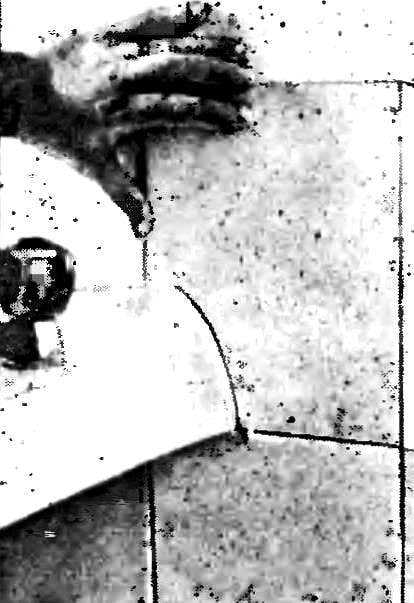 For anybody not a secret: getting a new apartment, often have to finish something before the builders. All these little “improvements” sometimes outgrow almost overhaul. Of course, you can contact the office for the repair of apartments. But there is another way to do everything on their own. I hope that the proposed selections from the English magazines “Practical householder” practical help house masters.
For anybody not a secret: getting a new apartment, often have to finish something before the builders. All these little “improvements” sometimes outgrow almost overhaul. Of course, you can contact the office for the repair of apartments. But there is another way to do everything on their own. I hope that the proposed selections from the English magazines “Practical householder” practical help house masters.
Tiling
Tiles one of those jobs, which many do not dare to do themselves, and resort to professional assistance. Perhaps it is out of fear that any mistake will be noticeable long afterwards.
Meanwhile, the main secret of success is proper preparation and planning operations – understand this rule, and you have made veneer will be something that you can be proud of.
First, you need to luted wall: its surface must be perfectly smooth. You may even have to apply a layer of plaster to destroy irregularities. However, this operation can be replaced (depending on the nature of the premises) lined the walls with sheets of plywood or wood-fiber plates — they tiles lie evenly, and will stay worse. In this case, as the glue used is PVA.
If you just want to update the existing fascia of the premises, which itself is well kept, it is permissible to stick the new tiles over the old one, delete that — it is long and laborious. Put a new layer so that seams do not coincide with the seams of the old veneer.
When selecting tiles you should consider not only its color or figure, and size: the smaller the tile, the more laborious will be the facing.
The preparatory operations applies the preliminary allocation of tiles on the plane of the walls to achieve the best decorative effect. On a blank wall, calculate the location of the tiles so that the extreme of them (edging) was the same. To facilitate this work, lay a row of tiles (with spacers between I them, imitating the seams) on the floor along the wall and stir until then, until you find the optimal location.

